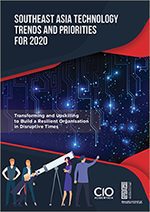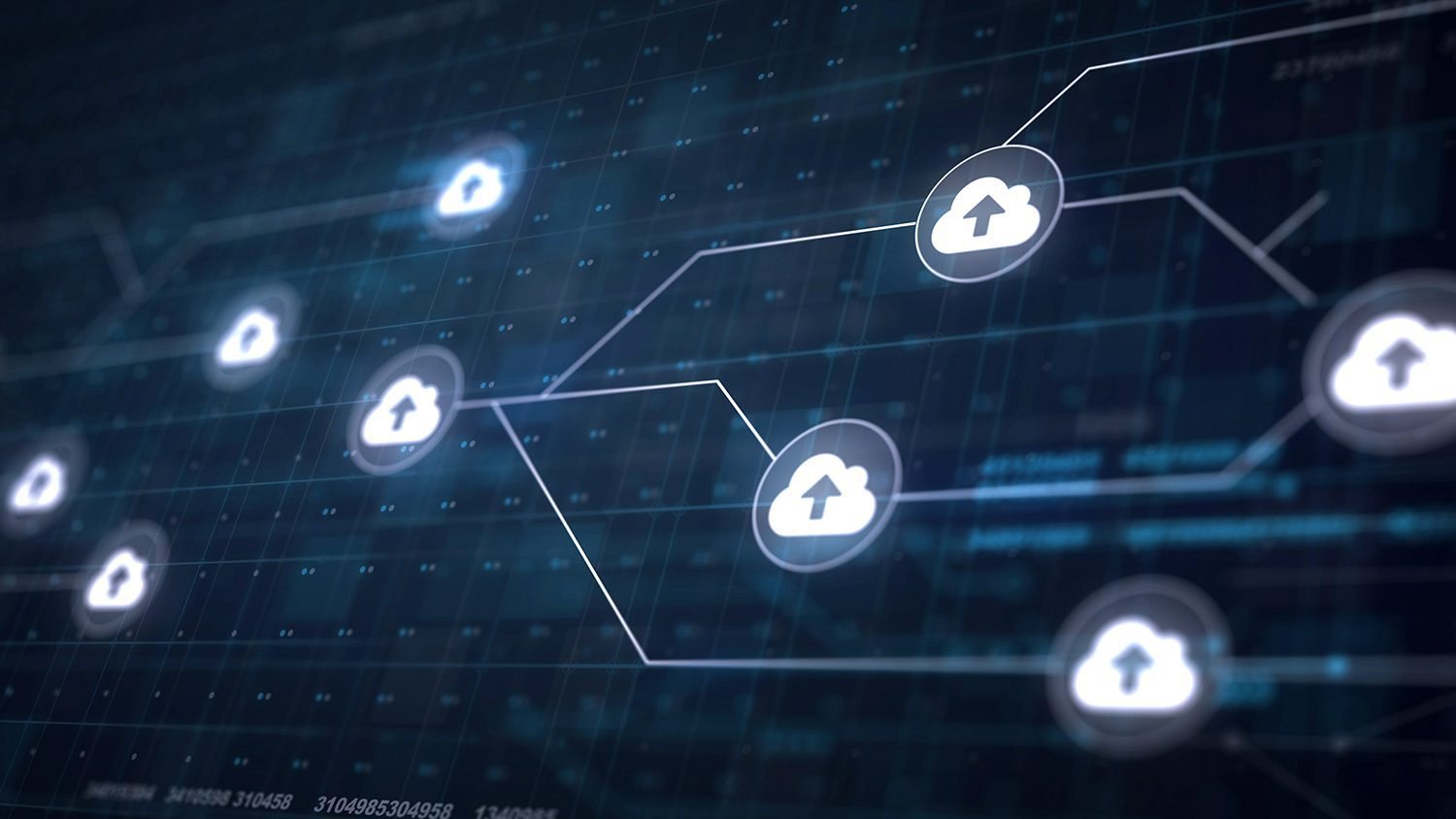CIO Academy Asia #HASHTECH Insights
April 16, 2020
The COVID-19 crisis has shown that few business continuity plans (BCPs) are able to address the COVID-19 emergency. As shared by Sreeram Iyer, Chief Operating Officer for Institutional Business, ANZ Bank, “Pandemics were perhaps somewhere on page 22 of the appendix in a BCP Plan Document”. BCPs typically anticipate interruptions to business that are localised, and generally relate to physical issues like IT failures or disasters such as earthquakes. They don’t usually consider the human element of a crisis, such as ensuring that employees can work from home.
Nobody anticipated a global pandemic in which lockdowns are common around the world and enabling people to work from home is a necessity. The crisis is causing organisations to lose revenue, miss sales opportunities, break service level agreements and experience disrupted supply chains, on a scale they have never witnessed before. They have been forced to rush through plans to ensure that they can remain operational in this black swan scenario.
Are existing BCPs fit for the unprecedented COVID-19 crisis?
Today, organisations face major challenges ensuring that an unprecedented number of remote workers have access to the tools which they need to do their jobs – all at the same time. This is placing a huge strain on networks and some key applications, many of which do not offer adequate flexibility, adaptability and scalability, to function effectively.
In addition, many employees face interpersonal challenges. Working from home when children and elders are also at home is a serious problem for a lot of employees. Often, employees will not have a dedicated space from which to work at home and may endure continuous interruptions. They may also encounter other stresses associated with lockdowns such as shopping for groceries or ensuring that their children are able to access learning resources from home.
According to industry leaders, “It is unreasonable for business leaders to expect staff to be as productive as they were when they were working in their office. BCP is not equal to BAU. Metrics are not the same as they were before”. New metrics will follow but the priority for most organisations is to keep the business operating.
The remote working model brings additional risks to organisations which need to be managed. Operational risk is much higher as new challenges emerge in keeping platforms available to remote workers. Network resources may be scarce and connections may be poor. These issues need to be addressed and resolved urgently.
With remote working, new cybersecurity risks emerge. It is easy to miss a threat that may have been picked up before, if your IT architecture is rapidly changing. Malicious actors are seeking to capitalise on today’s turbulence by creating new threats such as phishing emails that claim to offer official COVD-19 advice. They are also exploiting insecure connections.
Major transformative projects are now being delayed as organisations focus on what matters to them. It is often not practical to work on large transformative projects from home, focus on what it can do and acknowledge that it needs to re-prioritise its technology activities.
Productivity is the name of the game!
Typically, organisations are scrambling to mitigate the impact of COVID-19 as well as they can. They must remain operational during and after the COVID-19 crisis and ensure that employees remain as productive as possible.
Training staff and ensuring that they have the right toolkits is critical, as is prioritising access to scarce resources. Capacity challenges are already emerging as huge numbers of people try to access the same resources remotely. The adoption of cloud computing can mitigate some of these challenges as it offers a level of scalability and flexibility that is rarely found with on-premises technology.
According to Prem Pavan, Vice President – Asia at Citrix, “Organisations must take a more comprehensive approach that greatly simplifies and accelerates the process of restoring and maintaining IT services and get people back to work as quickly as possible.”
A secure digital workspace addresses this need. According to Pavan, “Secure digital workspaces leverage the automation, scale, and ubiquity of the cloud, to grant seamless access to business apps and data on any device, over any network, hosted on-premises or in a public cloud. Such digital workspaces can provide contextual awareness that allows just the right balance of security and flexibility for the situation, without compromising corporate resources.”
IT infrastructure adaptability is essential to business continuity. A flexible, centralised IT deployment and management solution, such as Citrix Virtual Apps and Desktops Service, can enable organisations to decide the options that best align with their enterprise cloud strategy, and quickly pivot during times of disruption, while remaining vigilant to security threats.
Critically, such solutions also enable organisations to manage employee productivity and use real time analytics to detect threats and performance issues.
Conclusion
The COVID-19 crisis has exposed the inadequacy of BCPs. It has forced organisations to implement remote working on an unprecedented scale and place emphasis on the human aspect of work – a scenario that has, so far, received very little attention.
This crisis is creating a need for flexible, adaptable, scalable IT infrastructure that can handle the huge upsurge in demand for remote access to resources. Cloud technologies offer these characteristics and are now essential, rather than optional.
IT decision makers must now focus on day-to-day operational matters and review transformational projects. This is making them embrace a radically different operating model which is likely to permanently lead to much more home working, as the cost benefits of spending less on office environments, become apparent.
The COVID-19 crisis has made the role of IT professionals more important than ever before. It has also created an excellent opportunity for IT professionals to directly influence the business as it pivots for better customer engagements. Indeed, many organisations would not be able to operate at all without them. IT professionals are currently testing the limits of the remote working model. Their next challenge will be to make it sustainable.
Related post:
‘Empower your employees to work from home’
 The Southeast Asia Technology Trends & Priorities for 2020 Report, published by CIO Academy Asia in collaboration with the Lee Kuan Yew Centre for Innovative Cities at SUTD, is now available for download.
The Southeast Asia Technology Trends & Priorities for 2020 Report, published by CIO Academy Asia in collaboration with the Lee Kuan Yew Centre for Innovative Cities at SUTD, is now available for download.
Visit here to get your copy







